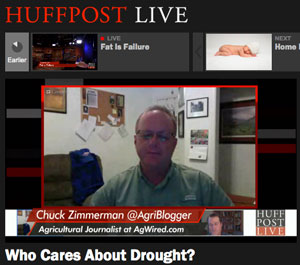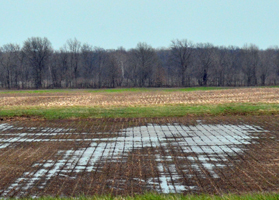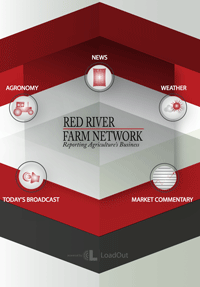 This evening I was proud to be the skeptic in an episode of HuffPost Live titled, “Who Cares About Drought?”
This evening I was proud to be the skeptic in an episode of HuffPost Live titled, “Who Cares About Drought?”
A drought of historic proportions continues to grip much of the U.S. We discuss the impact of drought and how innovative water supply solutions can create jobs and stimulate the economy.
I actually don’t think I was really a skeptic, at least when it comes to the fact that we had a major widespread drought in 2012 and that there are all kinds of innovative solutions being worked on to better manage our water supply. What I am skeptical about are the hysterical emotion-driven claims that were made last fall about exorbitant food prices and that climate change was the reason we had last year’s drought. I believe this is the link to the archive of the program if you’d like to watch.
I mentioned that innovative companies like Monsanto and Dupont Pioneer are developing new technologies like drought resistant crops to address this situation where it exists. That hit a nerve with a couple of my fellow panelists. Ideas they presented included water harvesting and local food movements which I see nothing wrong with and would encourage. Several tweets were displayed that included one about desalinization plants. That struck a personal nerve with me since my father-in-law designed those plants all over the world!
In the end the episode skeptic was not moved from what he believes in. But as I said earlier, I think we had more we agreed on than not.










